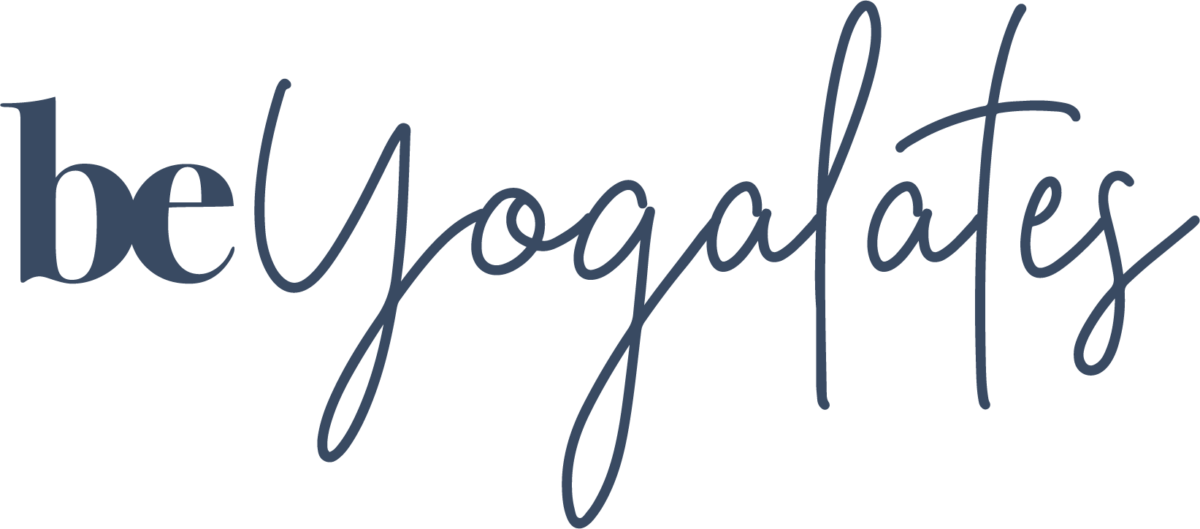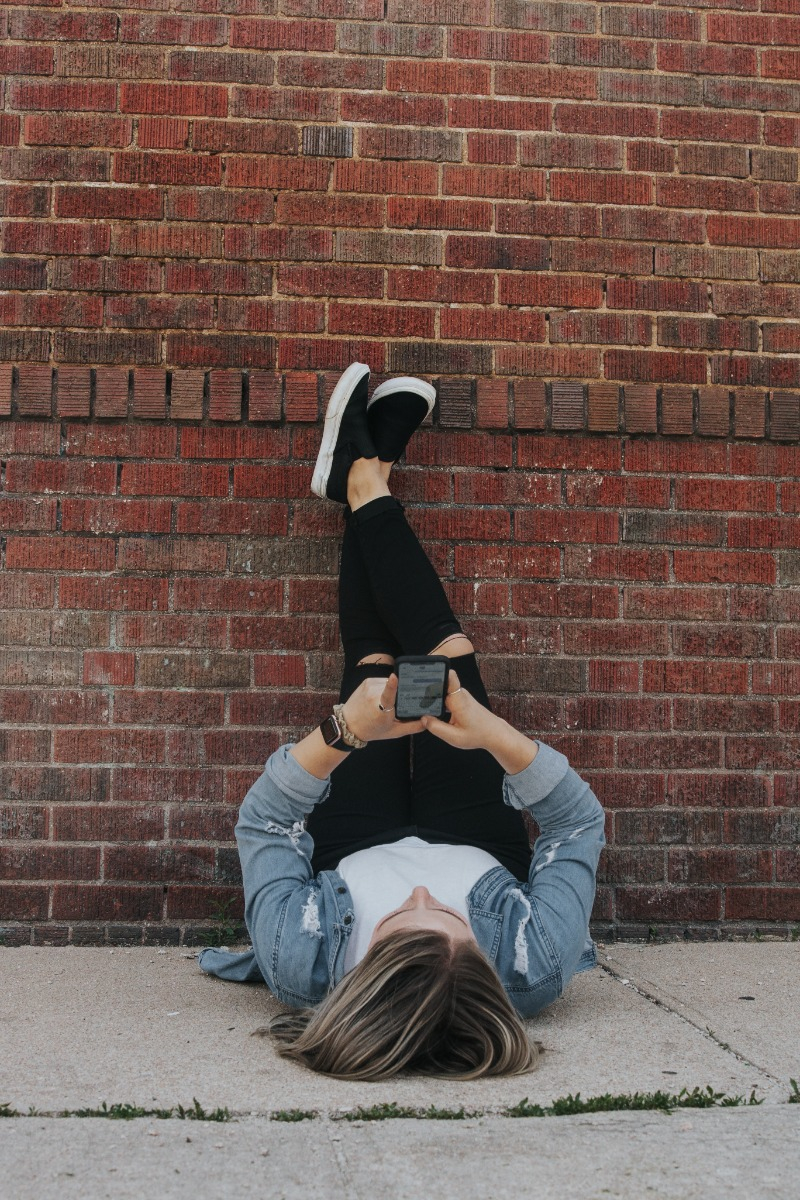The fusion of Yoga and Pilates, or Yogalates, is a mindful practice that helps you build strength, balance, relieve stress and improve flexibility. Yogalates can be as intense and challenging or as therapeutic and relaxing as you’d like.
During my physiotherapy consults and when taking yogalates programs I frequently teach clients how to practice the legs up the wall posture.
The Legs-Up-the-Wall pose, also known as viparita karani, inverts the body without straining the neck, shoulders or lower back. It can be practiced by experienced yogis and beginners!
What are the benefits of the “Legs Up the Wall” Yogalates Pose?
The Legs-Up-the-Wall pose has plenty of therapeutic benefits, including relieving anxiety and stress, calming the nervous system, helping refocus, and recovery from a workout . It also assists with lower back and hamstring flexibility.
To get the most from the pose, practice it once or twice a day. You can do just this pose, as a way of resetting after a long day or use it in your regular Yogalates practice. I actually have clients that assume this rejuvenating posture in their workplace as a break! I encourage students to also find some wall space and practice legs up the wall as a rest and reset in study breaks. I explain it’s because your body isn’t circulating blood well. Holding your legs up in this position helps ease discomfort and keep your blood from pooling and staying in your legs. Practicing the pose reduces your risk for blood clots., and improves circulation.
The benefits felt in viparita karani include:
- Deep relaxation, resetting of the parasympathetic nervous system
- Stress relief
- Hamstring string length
- Knee pain reduction
- Reduced swelling in feet and legs
- Alleviates tired legs
- Calms your mind
- Relieves leg and feet cramps
- Helps with backaches
- Reduces pressure in the neck
I explain, to my physiotherapy and yogalates clients, that The Legs-Up-the-Wall is a “non-doing” pose that’s all about relaxing your body and letting go of the tension you’ve been carrying. This posture combined with mindful relaxed breathing is easy inversion pose that’s quiet and calming. It helps your nervous system and doesn’t put a lot of pressure on your neck and head.
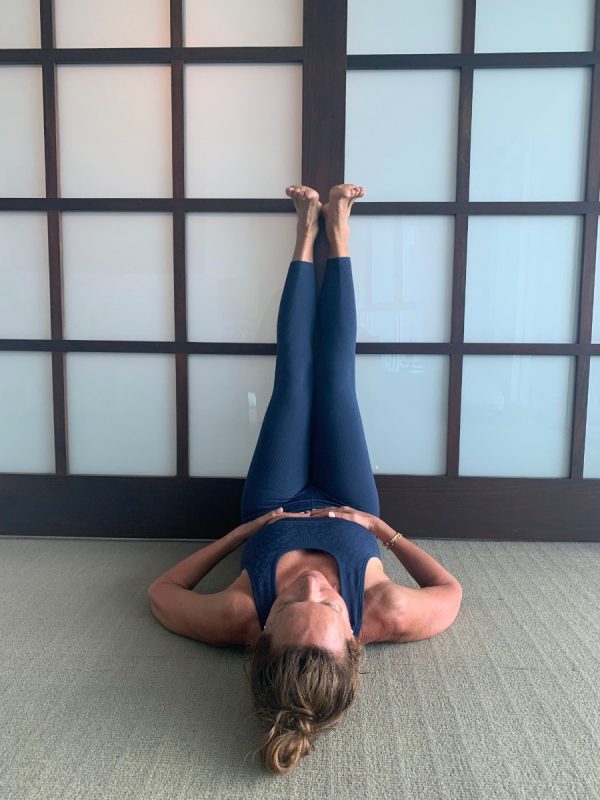
So how is this restorative pose done? Follow these simple steps:
- Sit on the floor with your feet on the ground and your left side against a flat wall.
- Slowly lower your back to the floor and put your feet flat against the wall.
- Gently wiggle your body closer to the wall until your sit bones are against the wall and your legs are vertically above you with both legs above your hips. You can rest your head against the floor.
- Put your pelvis in a neutral position.
- Relax your face and neck and rest your hands on your belly or beside you on the floor.
- Relax all parts of your body while keeping your legs propped up against the wall.
In this posture, allow for the breath to be even. Same count on the inhale as exhale.
You can stay in the posture for 10 to 15 minutes or whatever’s comfortable for you.
To come out of the viparita karani pose, pull your knees into your chest and roll to one side. Rest for a moment, then slowly sit up. Shake out your legs before standing to help balance your blood flow.
This posture is mostly practiced towards the end of a yogalates session as a calming and recovery posture
There are several variations to legs up the wall, vioarita Karani pose.
To get a deeper stretch, bend your knees to chest then open towards the wall and bringing soles of feet together, making a diamond shape. This provides a stretch for the outer hip and buttock of the leg with a bent knee.
You can also take the legs wide apart into a ‘V’ shape to assist with stretching the adductor muscles on the inner thigh. This takes away the hamstring stretch so it might be easier to find the inner thigh or groin stretch.
You can elevate the hips on a yoga block or blanket to soften the stretch in the lower back and or to further elevate the torso to in grease blood flow to vital organs.
Viparita Karani A pose; as you now know biostatistics karani is a symmetrical pose where both legs rest against the wall, in Legs Up the Wall Variation A it is an asymmetrical pose with one leg stretched, moving away from the wall. The leg away from the wall creates a deeper stretch in the hamstrings while keeping the core and pelvis active and engaged. I frequently use this pose when consulting as a physiotherapist for clients to to address issues related to sciatica or piriformis syndrome or other leg and back injuries.
In addition, this practice can also be a preparation for poses like Half Happy Baby Pose Wall (Ardha Ananda Balasana Wall), Sleeping Pigeon Pose Wall (Sucirandhrasana Wall), to mention a few.
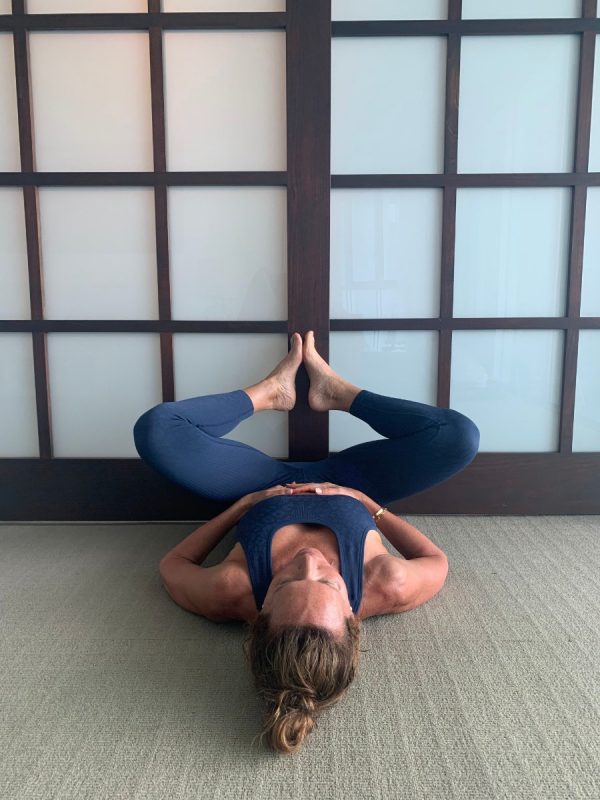
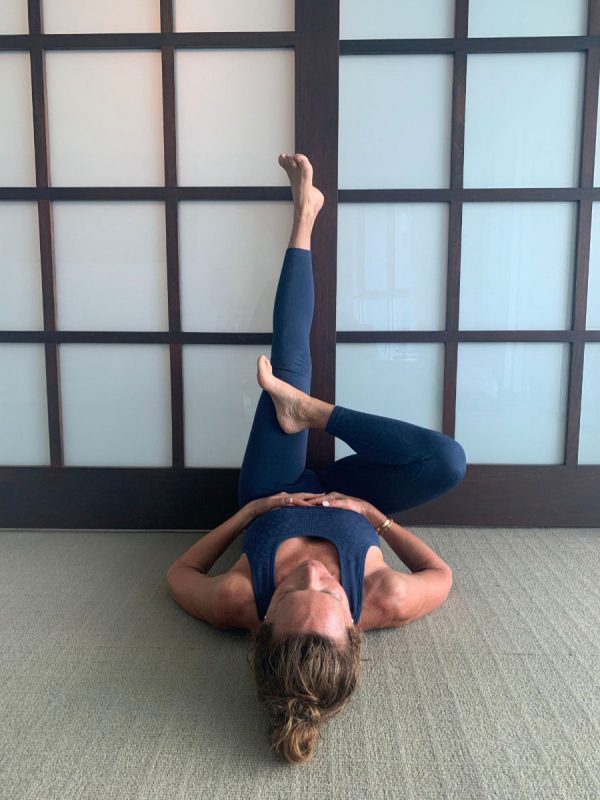
When to be mindful or avoid the legs up the wall pose
If you’re feeling discomfort or pins and needles in your legs, bend your legs and hug your knees to your chest. Once the tingling stops, you can re-enter the pose.
This position puts an unnecessary strain on your eyes. Once out of the position, the pressure should return to normal after sitting up. Best to avoid if you have glaucoma
If you have a condition that causes extra fluid in your body, avoid this pose. Or get permission from your doctor. The excess fluid in your body could go back down to your heart, putting strain on it.
These conditions include:
- Congestive heart failure
- Kidney failure
- Liver failure
- Uncontrolled high pressure can also be a reason to avoid any inversions.
If your neck feels ‘ crunched’ or tight, You can modify this pose by putting a towel under your neck for extra support and comfort.
Yogalates helps your body awareness, and enhances the mind body connection.
At any level of practicing yoga and Pilates you’ll probably start to notice physical, energetic and mindset benefits of legs up the wall pose soon. As I say to my physiotherapy and yogalates clients, try it and let me know how you feel!
See you on the mat.
Namaste,
Lisa x
